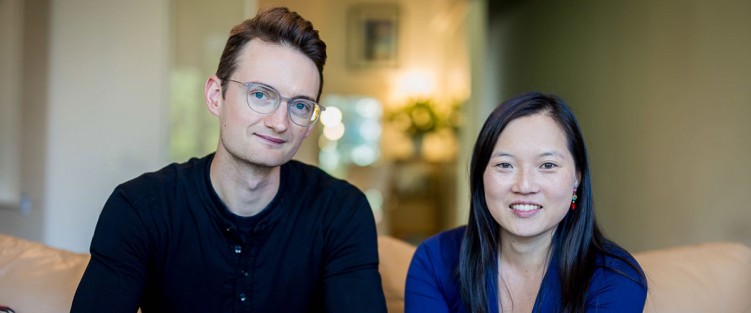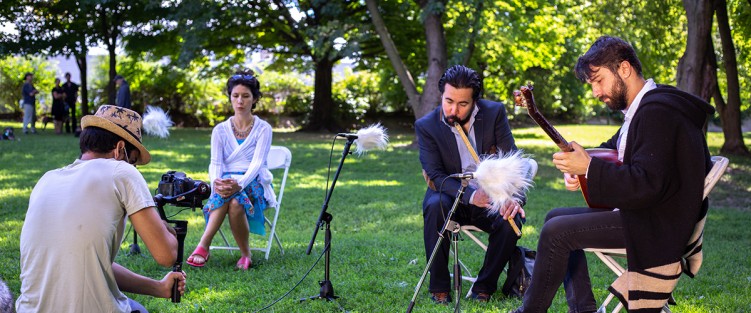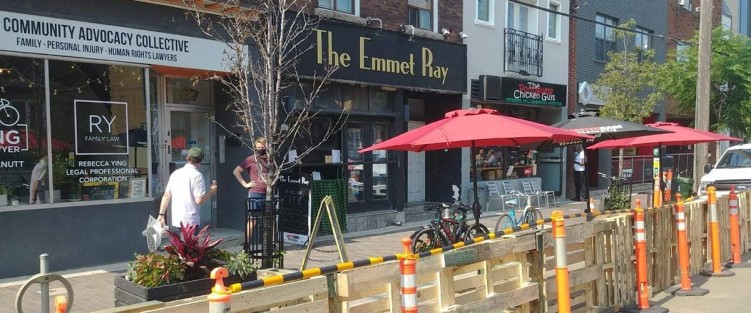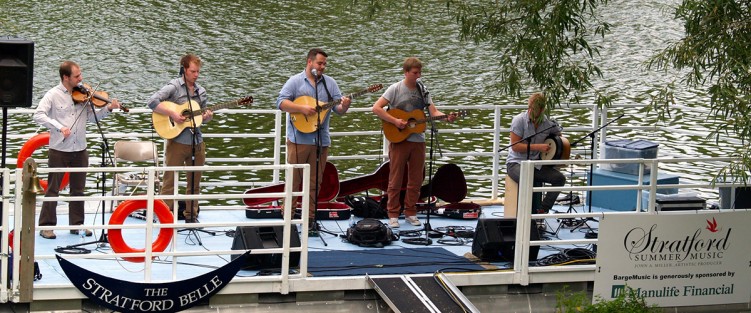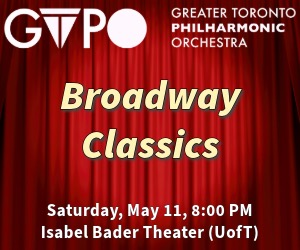In Conversation | “It’s a necessity, creation.” Composer Ana Sokolović
It’s only when you leave a country – a culture, a language, a family – that you can really see it. And it’s only then that you can consciously, rather than by inertia, belong to it.
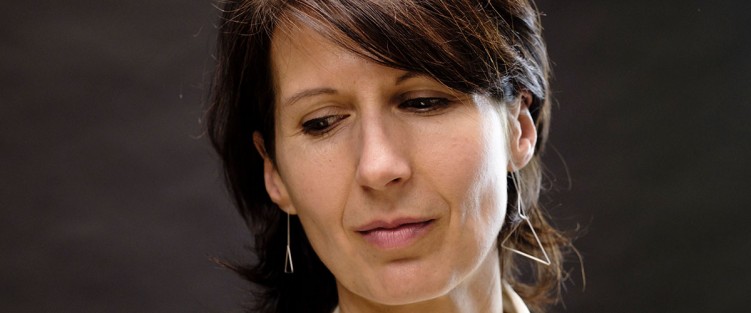 This wisdom comes to most immigrants, expats and refugees by mid-life, but it came to Montreal-based composer Ana Sokolović early in her career, after the first performance of her music in her new country. “Critics described my music as having ‘Slavic soul,’ which stunned me. ‘Slavic soul’?! I’m a contemporary, avant-garde composer, I thought, I’m as far from any kind of national folklore and nostalgia as possible,” she recalls. When she moved to Montreal to work on her master’s degree in the early 1990s, Yugoslavia, in which she grew up, the multicultural egalitarian experiment, was already disintegrating in ethno-nationalist acrimony, and she was eager to say goodbye to the rising ethnocentrism. The point for her was to say something new, not blindly follow the established tradition. But the talk of Slavic flair back then got her thinking about whether she was entirely in control of her own sound-making, or if something else voiced itself in the process, something less conscious. “I realized the local audience detected a certain openness to emotion that they translated as ‘Slavic soulfulness’. Crucially, I realized that it wasn’t a bad thing. And that perhaps I should bring it to light more.”
This wisdom comes to most immigrants, expats and refugees by mid-life, but it came to Montreal-based composer Ana Sokolović early in her career, after the first performance of her music in her new country. “Critics described my music as having ‘Slavic soul,’ which stunned me. ‘Slavic soul’?! I’m a contemporary, avant-garde composer, I thought, I’m as far from any kind of national folklore and nostalgia as possible,” she recalls. When she moved to Montreal to work on her master’s degree in the early 1990s, Yugoslavia, in which she grew up, the multicultural egalitarian experiment, was already disintegrating in ethno-nationalist acrimony, and she was eager to say goodbye to the rising ethnocentrism. The point for her was to say something new, not blindly follow the established tradition. But the talk of Slavic flair back then got her thinking about whether she was entirely in control of her own sound-making, or if something else voiced itself in the process, something less conscious. “I realized the local audience detected a certain openness to emotion that they translated as ‘Slavic soulfulness’. Crucially, I realized that it wasn’t a bad thing. And that perhaps I should bring it to light more.”
We are sitting in her quiet home in Montreal, our only other company her Siamese cat sleeping in a patch of sun on the windowsill. Svadba-Wedding was about to be performed the following week by a young ensemble from Toronto’s Glenn Gould School – her much travelled a cappella opera that uses idioms of Balkan singing techniques and South Slav language phonemes but is musically more like dissonant, rhythm-addled Stravinsky than the Balkans. “It’s only when I physically removed myself from my place of birth that I understood this conversation between tradition and invention,” she says. It’s nothing to do with genes, she says. It’s to do with different spices of how to be in the world. The dialects of humankind. It’s like keeping Occitan in Languedoc alongside French, and not subsuming it under it. “Imagine if the only thing that divided us was this difference in style, the variety in the taste of the terroir? And religions would be there just to serve this cultural side of us. Just so we could sing to God in all kinds of idioms.”


